This is what the perfect city would look like
Lauren Weymouth
14 December 2016
In an ideal world
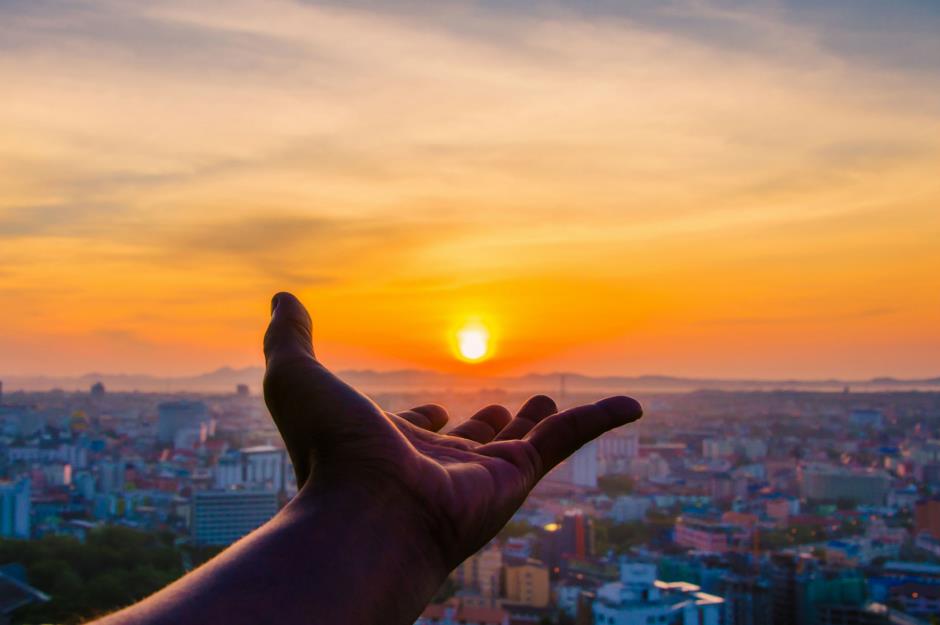
WeStudio/Shutterstock
The world is full of incredible cities, all bursting with qualities that make them stand out from the rest. But what would the perfect city look like? We take a look at what the ideal metropolis would be made up of from the world’s cities today.
Calgary’s cleanliness

Alix Kreil/Shutterstock
Despite its large oil and gas industry, Calgary is still considered to be the world’s cleanest city. According to research by the Blacksmith Institute and Green Cross Switzerland, the Canadian city’s reputation has a lot to do with its well-planned out, grid-like structure that helps to reduce traffic congestion and pollution. It also has a number of transfer stations that sort through trash and organise recyclable materials to keep litter off the streets.
Hong Kong’s commuting
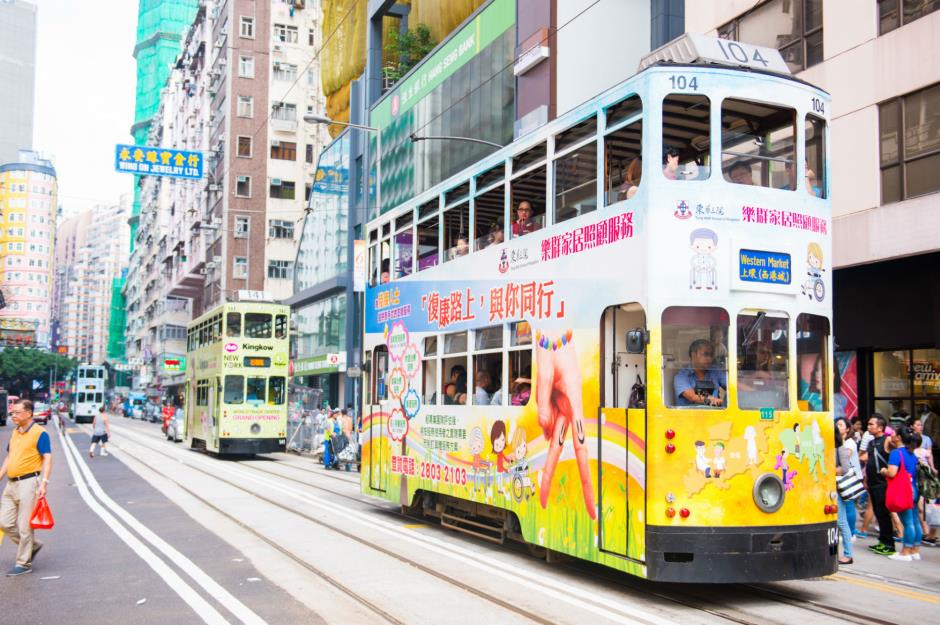
MosayMay/Shutterstock
Generally speaking, the smaller the city, the better and shorter the commute. That’s why commuting in Hong Kong, which is one of the densest and geographically-smallest cities in the world, is such a dream. Research by Hong Kong Polytechnic University has shown that most jobs are based on Hong Kong Island, which is connected to the rest of the city by bus, ferry and rail systems, used by 90% of residents, so they’ve well and truly got it under control.
Bordeaux's healthcare
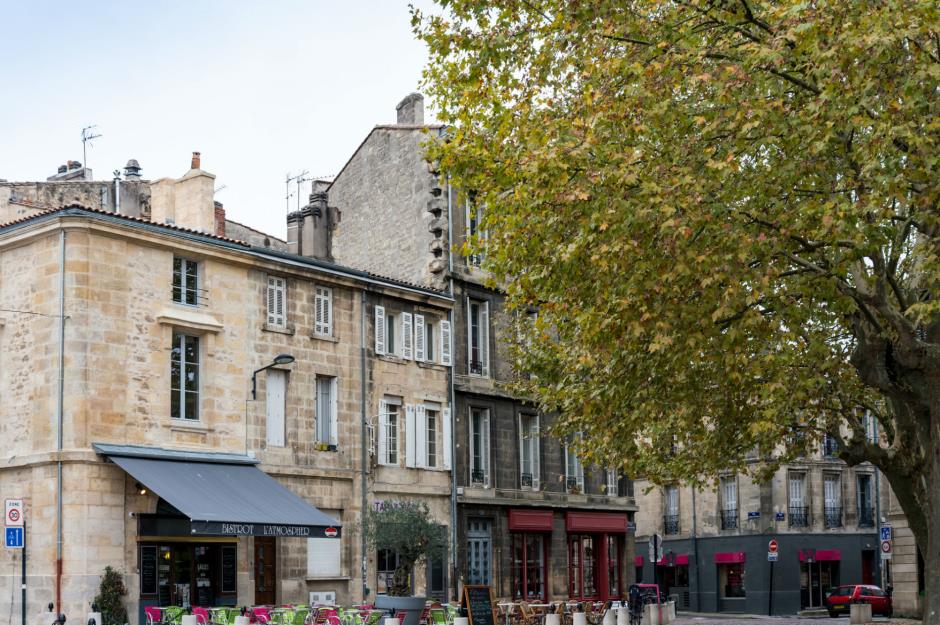
Shutterstock
According to data by the World Health Organization, France is the best country in the world to receive healthcare. This is mainly due to its state-run system that requires patients to pay their practitioner upfront, but then reimburses them in part or in full.
Tokyo's house prices
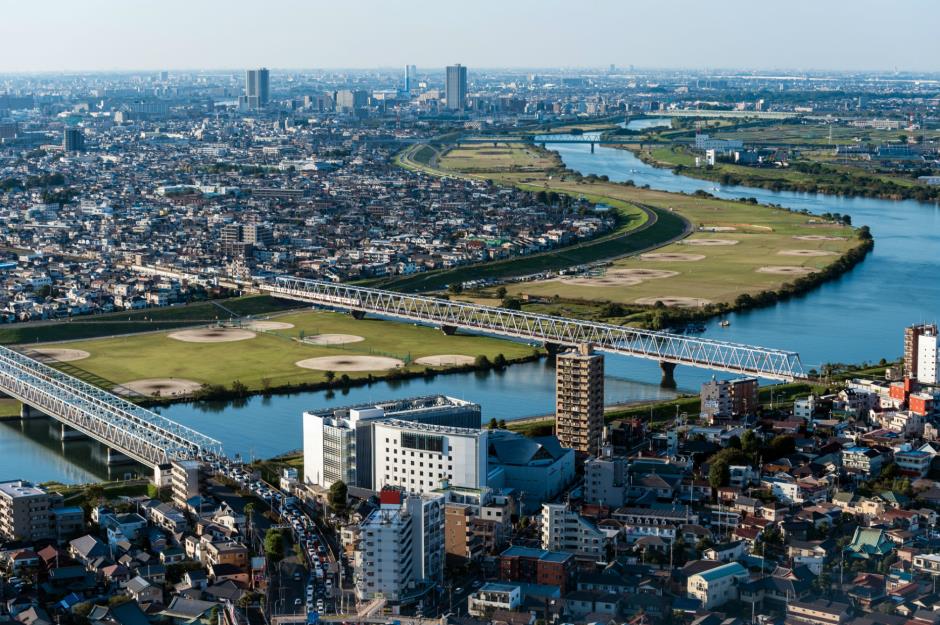
Hit1912/Shutterstock
It’s all well and good having a perfect-looking city, but you need to be able to afford to live there. The good news is that having house prices similar to that of anywhere in Japan would mean the cost of buying and renting would be much lower. OECD data shows Japan has the most profitable and affordable housing of all the OECD countries, with a price-to-income ratio of -38.4, compared to Belgium, which has the highest ratio of 46.6 (the higher the ratio the more overvalued the property).
Seoul's fast internet
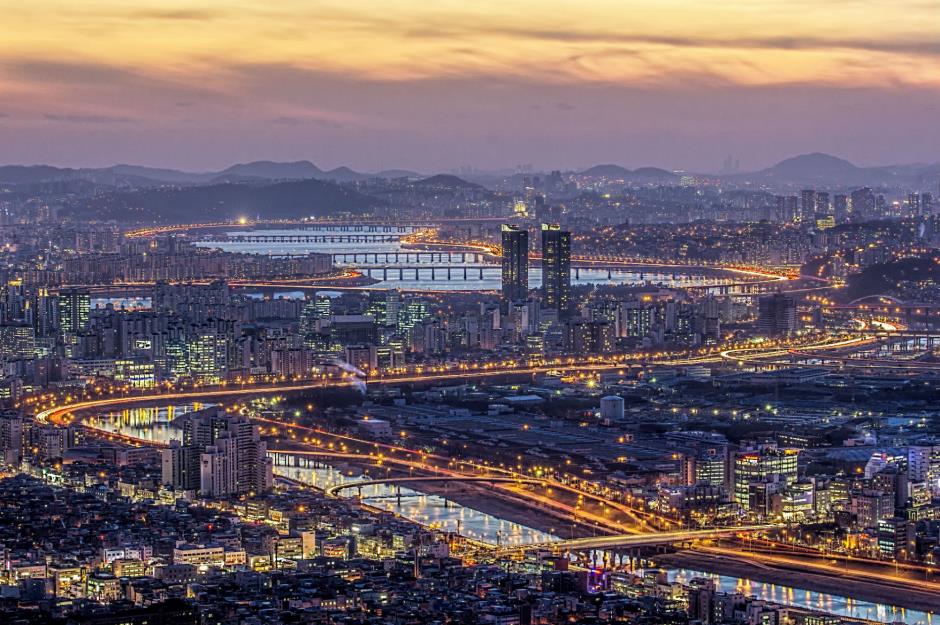
jaehak lee/Shutterstock
Research conducted by dospeedtest.com revealed the capital of South Korea has the world’s fastest internet speed. This is perhaps unsurprising for one of the most technologically advanced countries in the world. It has a download speed of close to 23Mbits/s, while the worldwide average generally hovers around the 13Mbits/s mark.
Paris's work/life balance

Kitja Kitja/Shutterstock
With working hours averaging just under 31 per week, France’s capital leads the way with the best work/life balance. Total working hours only average 1,604 hours a year – that’s almost 18% less than the global average. This leaves the lucky Parisians plenty of time to enjoy their beautiful city.
Cape Town's food

InnaFelker/Shutterstock
From the cultural diversity of London and New York City, to the array of high-low dim sum mash-ups in Hong Kong, the world’s capitals know how to put on a good spread. But the Mother City’s easy pace of life and cosmopolitan culture rubs off on the food, producing some of the freshest and most interesting dishes from around the world. It’s not all biltong and bobotie, either; seafood, amazing tapas and regional wines give this city such a good culinary reputation.
Zurich's drinking water
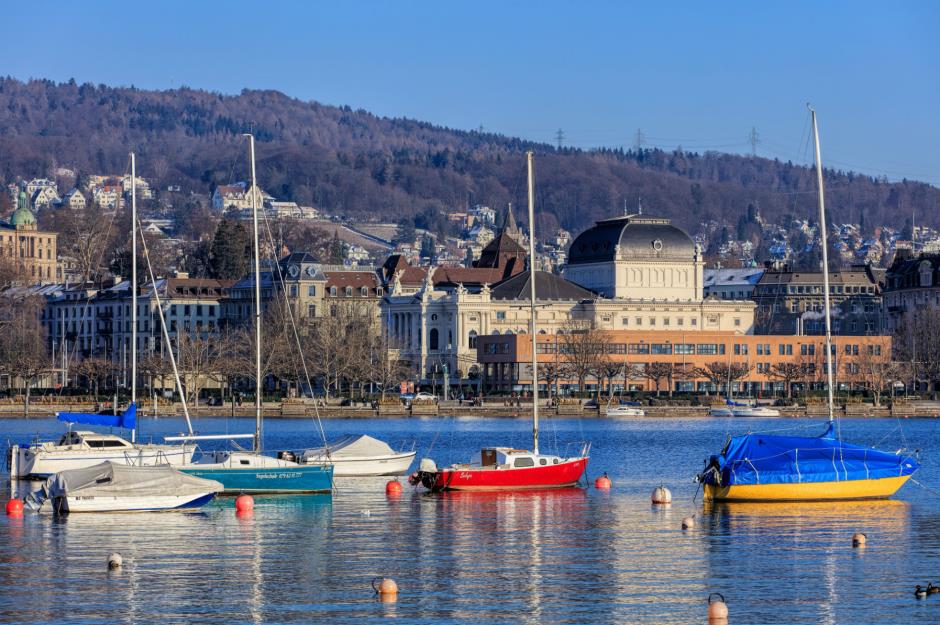
Denis Linine/Shutterstock
Known as the “water tower of Europe”, if every city had drinking water as fresh and pure as Switzerland, the world would be a much healthier place. Due to its perfect Alpine surroundings and strict regulations around drinkable water, the perfect city would drink from the taps of any Swiss city.
Amsterdam's nightlife
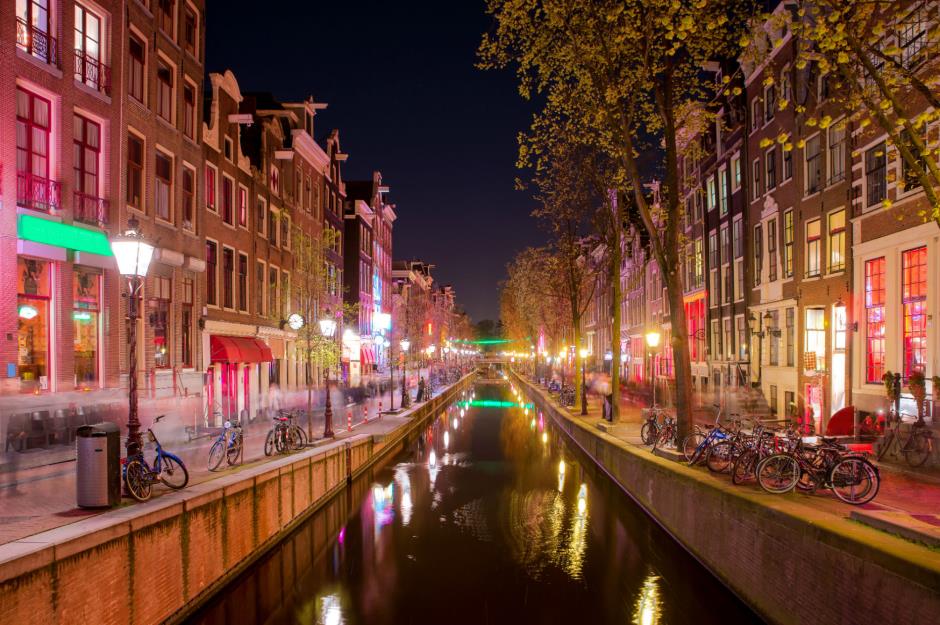
Prasit Rodphan/Shutterstock
Forget the red light district and coffee shops, Amsterdam is home to an abundance of other nocturnal activities to excite every night owl. This city boasts a selection of top-notch clubs with a spectacular clutch of cabaret, modern jazz and techno nights. What perfect city wouldn’t want to steal a bit of the party?
San Diego's weather
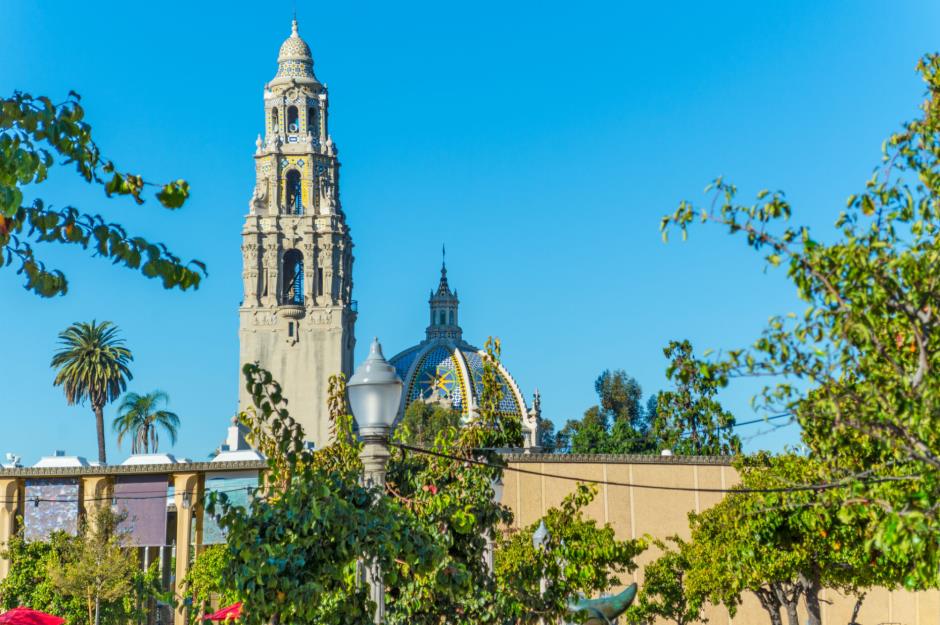
Gabriele Maltinti/Shutterstock
While there are hundreds of places with sunshine all year round, not everybody defines good weather as blazing sunshine and sticky humidity 365 days a year. San Diego, however, has got it just right. The US city has around 300 sunny days every year and receives an average temperature of 76°F (24°C) during the hot season and 57°F (14°C) in the winter, meaning the city retains a gorgeously mild climate all year round.
Charleston's friendliness
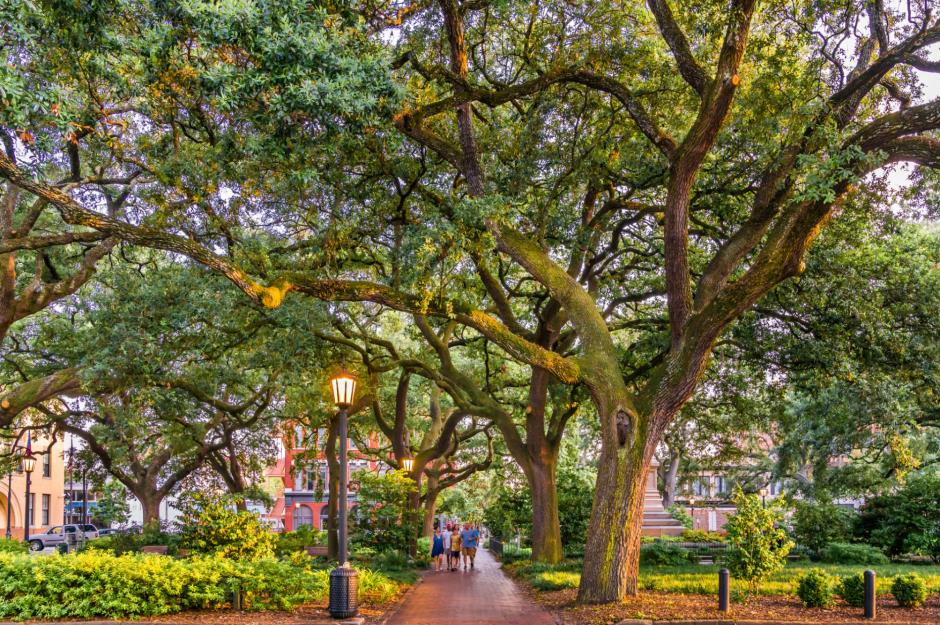
foto-select/Shutterstock
New York City, London and Tokyo may be among the best cities in the world, but busy lives don’t leave much time for friendliness. Over in Charleston, South Carolina, however, the whole city is basking in traditional Southern charm and people are, according to Condé Nast Traveler readers, the friendliest in the world.
Stockholm's environment for raising children
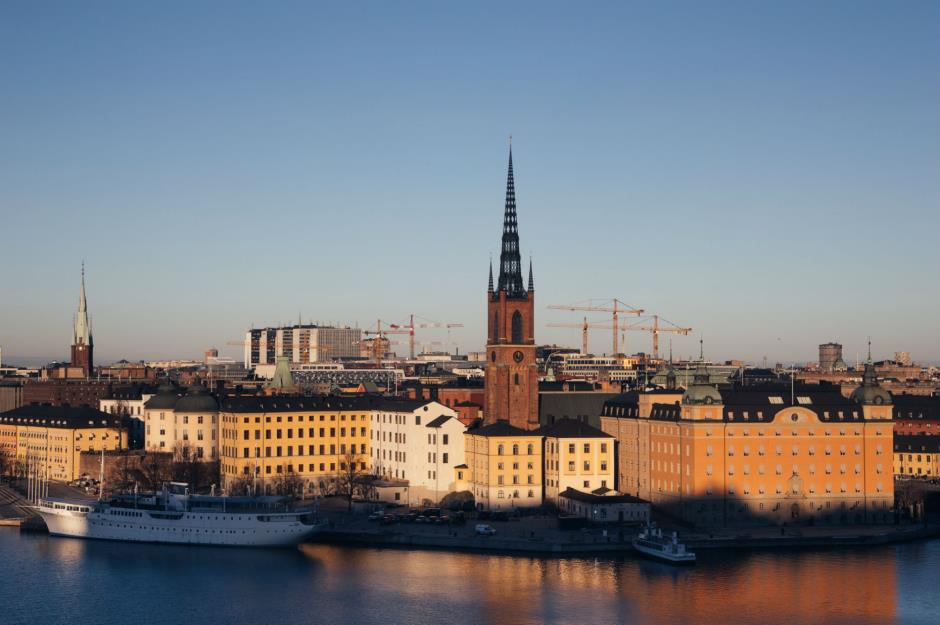
Katerina Krasikova/Shutterstock
The Swedish government has the most generous parental leave in the world – mothers and fathers are entitled to 480 days of paid leave (90 of which are reserved for dads), as well as subsidized childcare. But, more than just the benefits and perks, Stockholm is also one of the best cities to raise children due to Sweden’s passion for human rights, gender equality, income equality, safety and happiness levels. The well-developed education system is also a huge factor.
London's art and culture
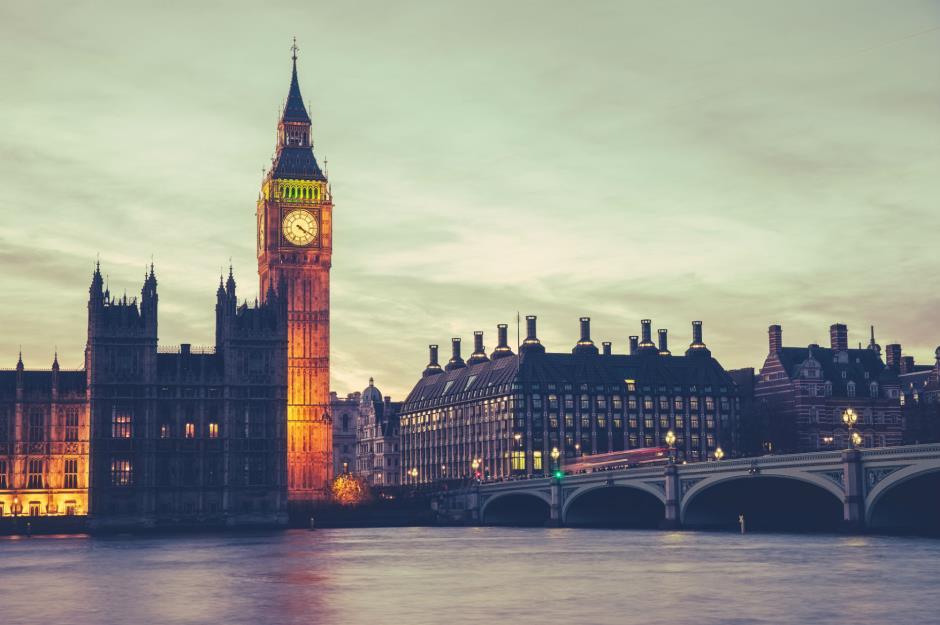
Lukasz Pajor/Shutterstock
From galleries packed with famous paintings to West End theaters to the English National Opera to Shakespeare’s Globe, there is something to please every culture vulture in London. You can watch late night showings of Palme d'Or winning films from rooftops, visit a different art exhibition every day of the week and watch your favourite artists perform secret gigs in underground bars. The perfect city couldn’t be without it.
Copenhagen's environmental policies
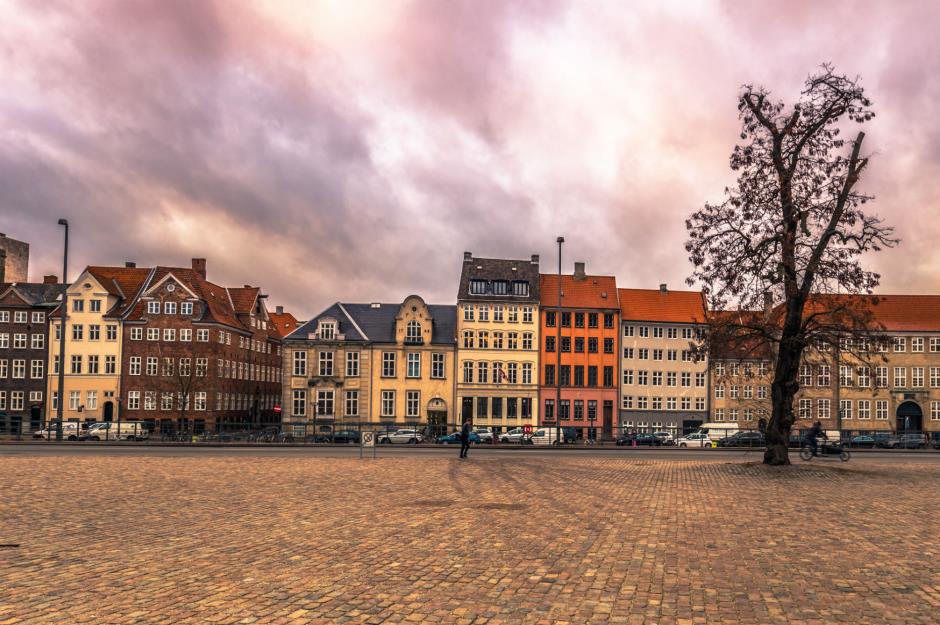
Birute Vijeikiene/Shutterstock
With a goal to be carbon neutral by 2025, Copenhagen has some seriously advanced environmental policies and planning. One of the world’s most liveable cities has a population of just two million, but has an infrastructure designed to encourage cycling and walking rather than driving.
Barcelona's architecture
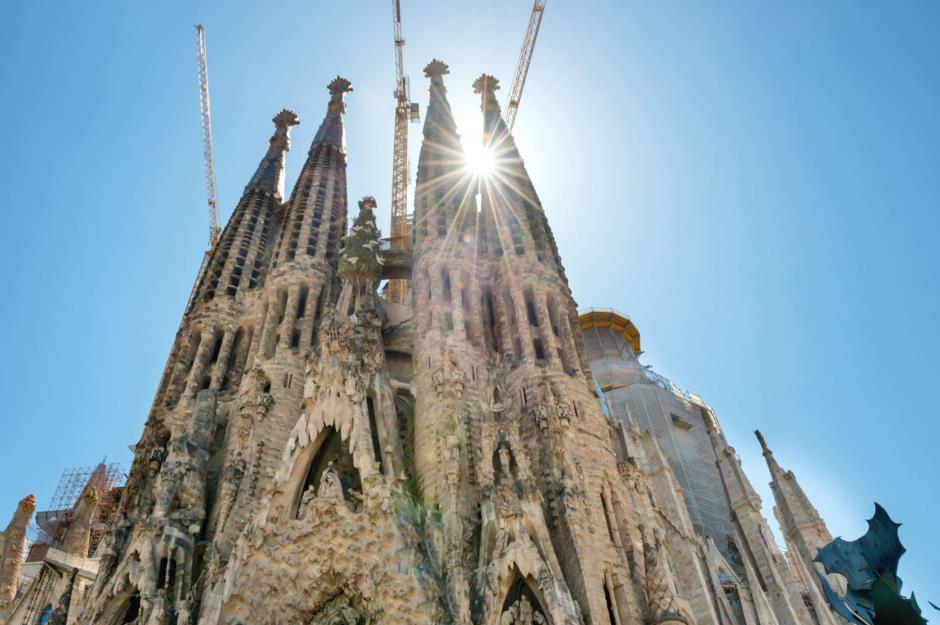
Pavel Vakhrushev/Shutterstock
From the unfinished symphony that is La Sagrada Família to Park Güell, Barcelona is an architect’s paradise thanks to Antoni Gaudi and his distinct style, which is showcased all over the city. But to locals, the city is about so much more than just Gaudi. Other architects have followed in his experimental footsteps and have continued to fill the city with colorful, brash and unique buildings that blend the old and new. There isn’t anywhere quite like it.
Washington DC's museums

Cvandyke/Shutterstock
With over 100 museums dotted all over the city, and the likes of the National Air and Space Museum, the National Gallery of Art and the National Museum of Natural History featuring on numerous lists of the best in the world, when it comes to indulging in a bit of history DC is the place to go.
New York City's shopping

Tooykrub/Shutterstock
Whether you’re a Sex And The City fan or not, everybody knows just how fantastic shopping can be in NYC. Whether it’s the prestigious Fifth Avenue, hipster-centric Bedford Avenue or Macy’s, this city is just waiting for you to dust off your credit card and walk around with more bags than your arms will allow.
Thailand's street food
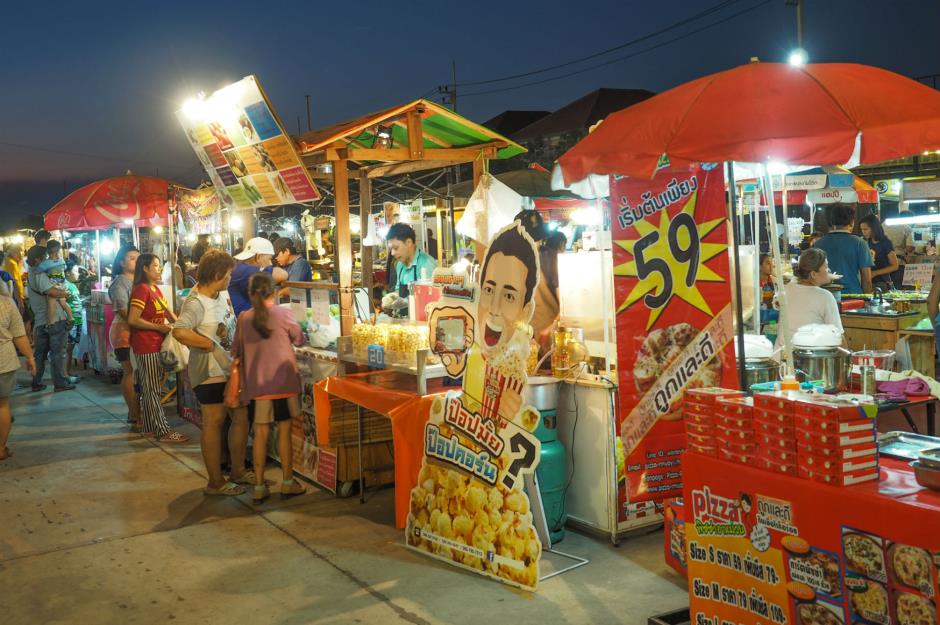
thebigland/Shutterstock
Street food has taken over the world in recent years, with new and innovative food trucks popping up all over the place. However, Thailand’s capital has been on the scene for years, showing everybody else how it’s done. Serving up anything from snack-sized bowls of Thai boat noodles to fresh seafood, there’s barely a street without some form of local delicacy to try.
Copenhagen's lack of corruption
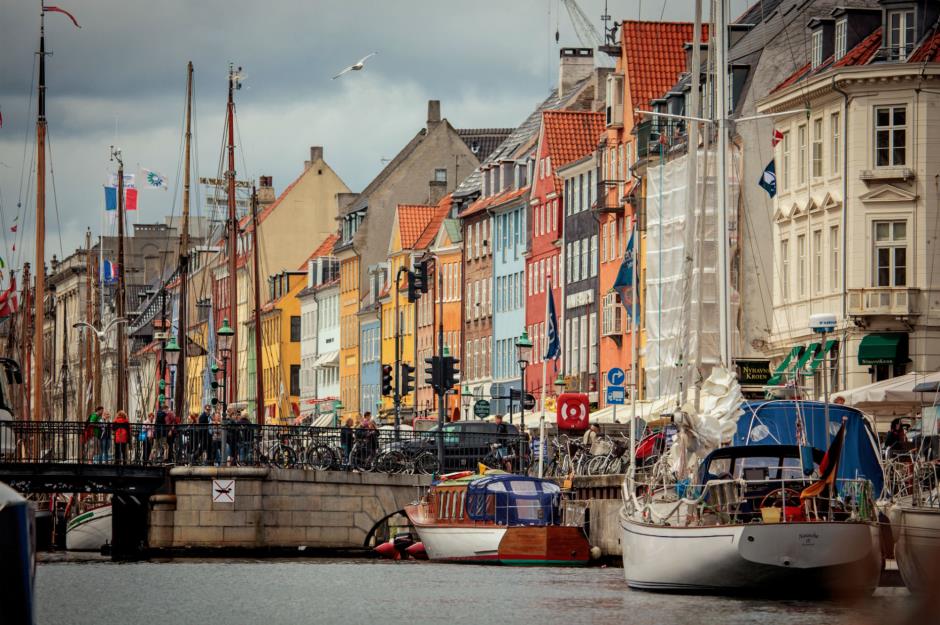
RPBaiao/Shutterstock
For the fourth year in a row, Denmark was revealed as the least corrupt country in the world, according to data from Transparency International’s annual Corruption Perceptions Index (CPI). It’s consistently applauded for demanding transparency within its government and increased corporate responsibility, meaning it is one of the most desirable cities to work in the world.
London's job opportunities
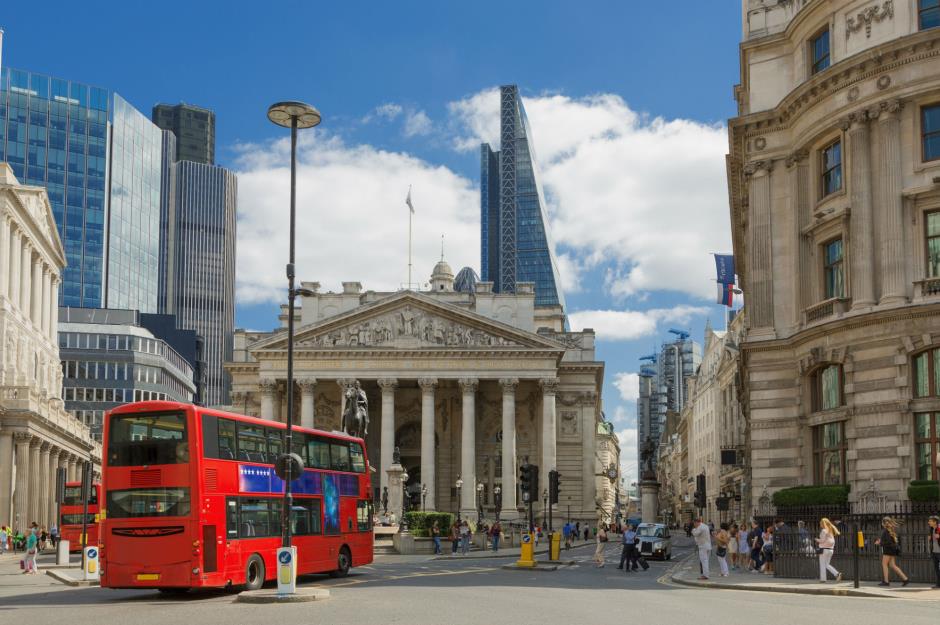
s4svisuals//Shutterstock
London is home to the most billionaires worldwide, so it may not be surprising that it is also a hub for finance and international business. A recent PwC report revealed the Big Smoke is now the best city in the world for new job opportunities. Some of the most in-demand jobs are senior executives, doctors, and marketing and sales directors, all of whom would find highly-paid jobs here.
Singapore's education
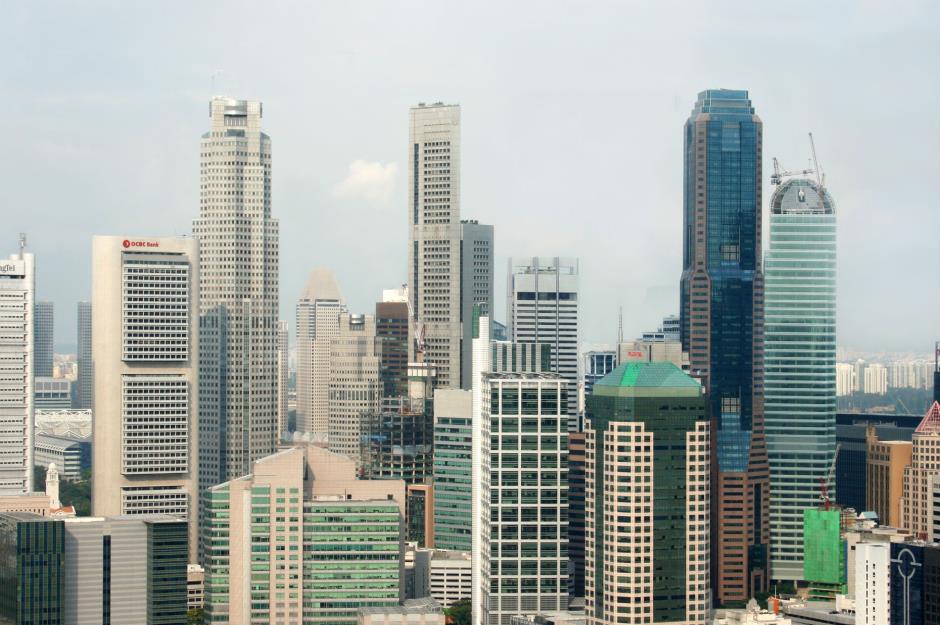
Elena Serebryakova/Shutterstock
While many Scandinavian and Western countries have impressive education systems, Singapore tops the list. Results from the Programme for International Assessment (Pisa) revealed the Asian country receives the best academic results in maths, science and reading almost consistently. The methods of teaching are among the best as Singapore only selects its teachers from the top 5% of education graduates.
Prague's cost of living

Kojin/Shutterstock
Not only is Prague hauntingly beautiful, with gothic architecture, cobbled streets and some of the best Christmas markets in the world, but it’s also one of the cheapest cities to live in. While cities like Mumbai are technically much cheaper, Expatistan's Cost of Living Index of the most liveable cities shows Prague is one of the most affordable in the developed world, with average living costs standing at around $350-$750 (£275-£590) per month including accommodation.
Chicago's fun
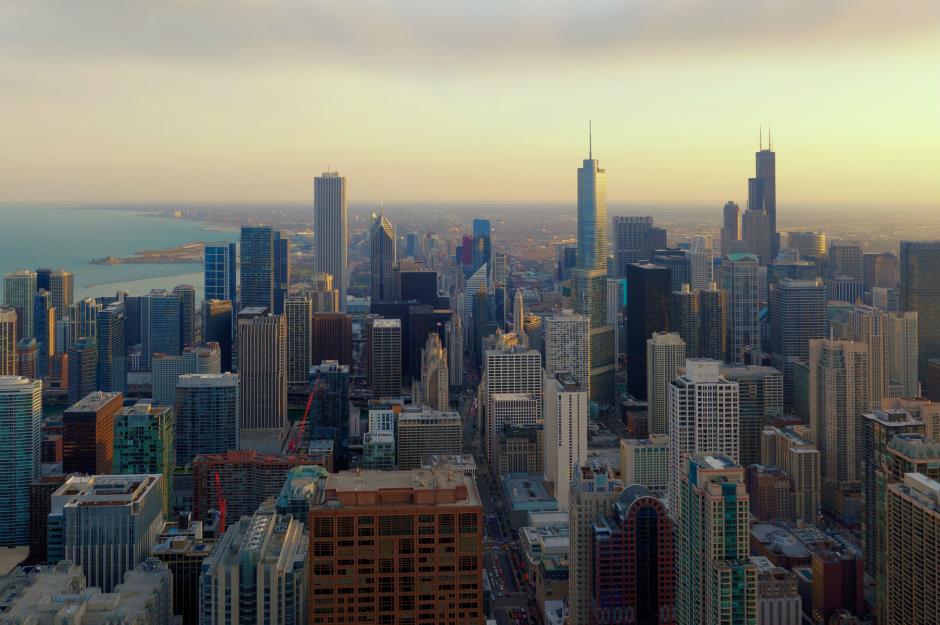
Tam Patra/Shutterstock
It’s pretty hard to define what makes a city most fun. But Time Out’s City Index has assessed cities for their dynamism, inspiration, food and drink, community and sociability to find the best for good times. Topping the list is this windy but wild city, as it didn’t finish any lower than fifth in all of the categories and was voted the city where people were most likely to strike up a conversation with strangers and stay up until sunrise.
Panama City's retirement benefits

Jan Schneckenhaus/Shutterstock
The southernmost country in Central America sits firmly at the top of the 2016 global retirement hotspots list, compiled by International Living, with “the best package of retirement benefits in the world”, with discounts on transport, entertainment, medicine and energy bills.
Tokyo's safety

MADSOLAR/Shutterstock
According to the Economist Intelligence Unit, the world’s most populated city isn’t just the best for house prices, but it is also the safest. Just pipping Singapore and Osaka to the post, Tokyo takes the hotspot with a score of 85.63 out of 100 for digital security, health security, infrastructure safety and personal safety.
Paris's romance
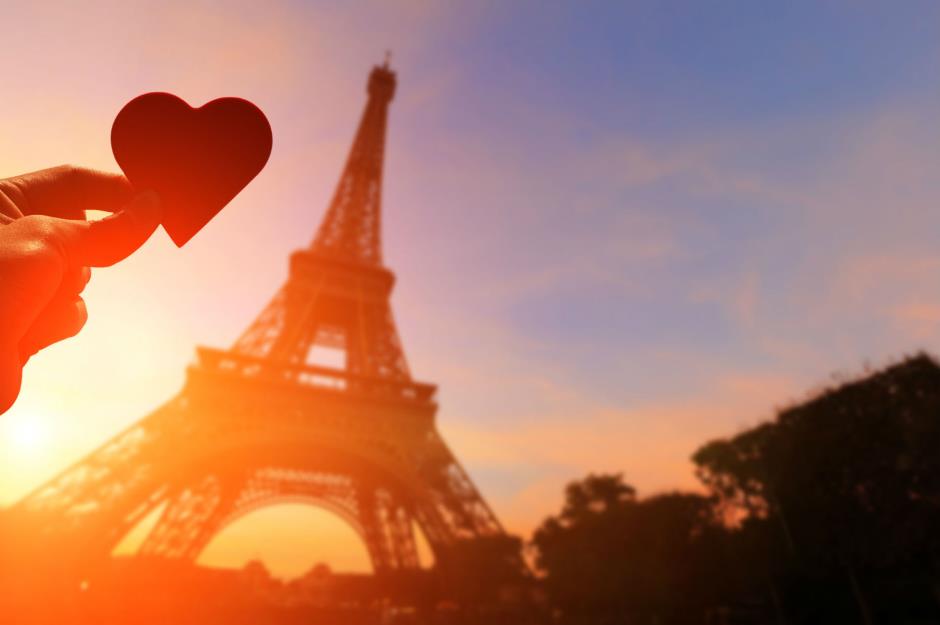
aslysun/Shutterstock
It has been the city of love for years, and according to online dating website WeLoveDates.com this isn’t changing. Paris is still the number one city for most breath-taking views, first date venues, romantic history and marriage rates, according to the site. Whether it’s a kiss under the Eiffel Tower or a walk alone the River Seine, this French capital is full of opportunities for un petit amour.
Seoul's happiness

coloursinmylife/Shutterstock
The city with the world’s fastest broadband is also the happiest place in the world. And not just because it can get online in less than a second either. A report by Arcadis found Seoul is the happiest city due to its wealthy, healthy and crime-free culture.
Sydney's beaches
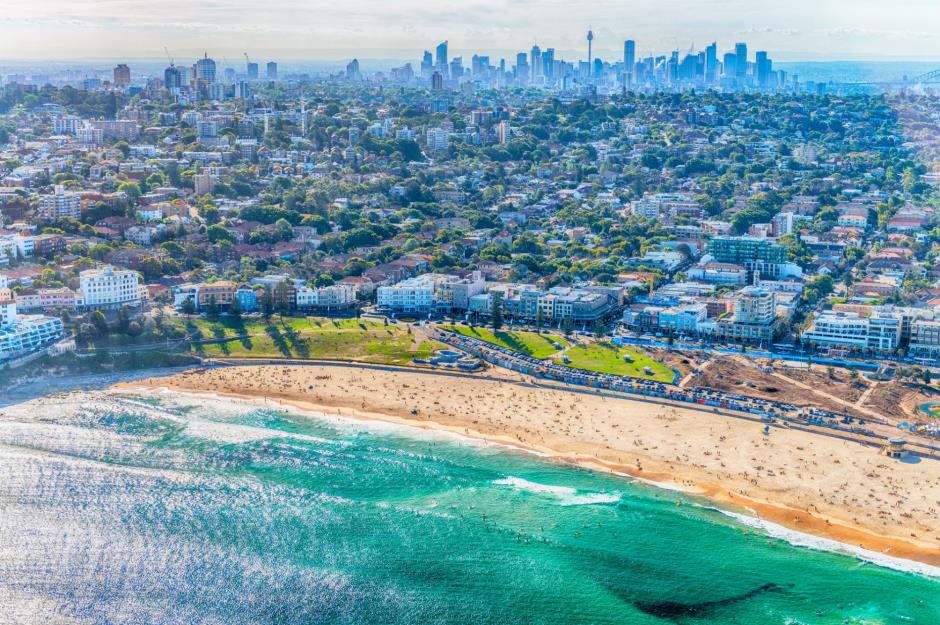
pisaphotography/Shutterstock
Sydney is surrounded by dozens of beautiful white sandy beaches, including the world-famous Bondi Beach, tranquil bays and coves in Sydney Harbour, and some of the best surfing beaches in the world. Any city would be lucky to have such easy access to beaches like this.
Vienna's green space
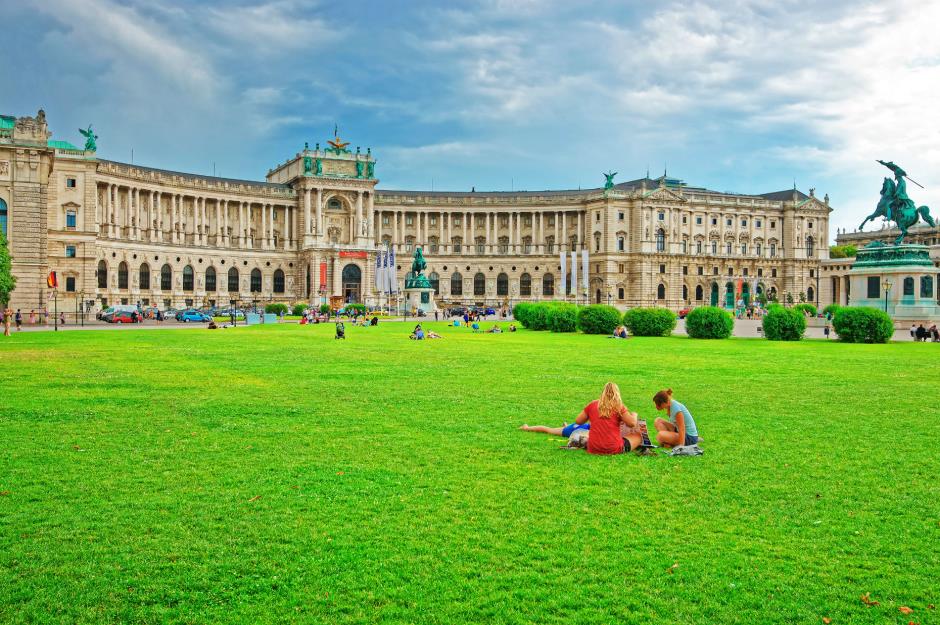
Roman Babakin/Shutterstock
Living in a city can be pretty overwhelming at times, and so there’s nothing better than taking a stroll in a park and being surrounded by green space for a while. With over 120 square meters of greenery, the Austrian capital has more parks than London and Amsterdam combined.
Comments
Be the first to comment
Do you want to comment on this article? You need to be signed in for this feature